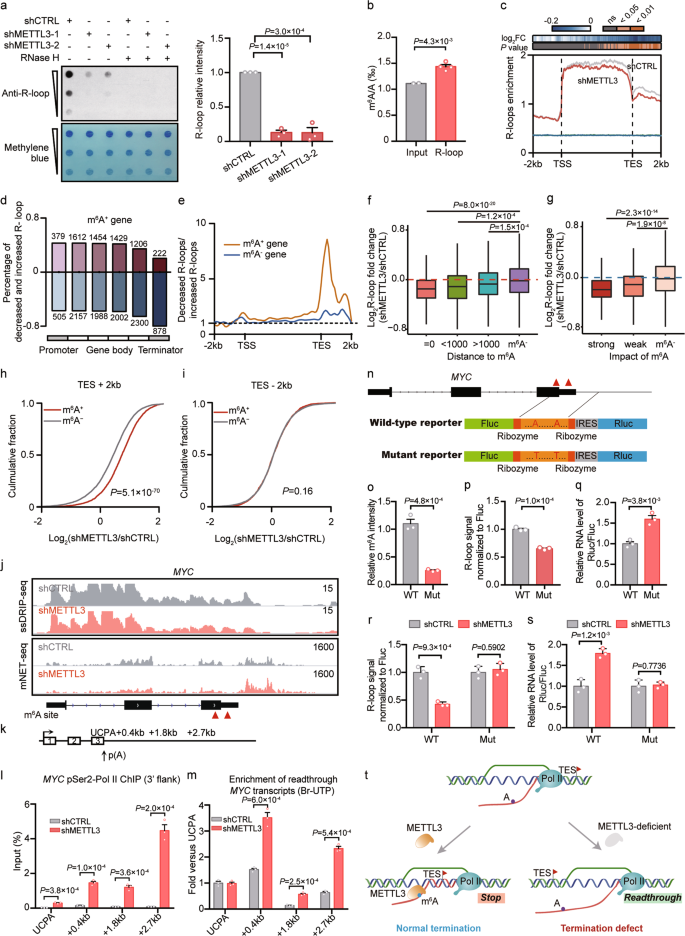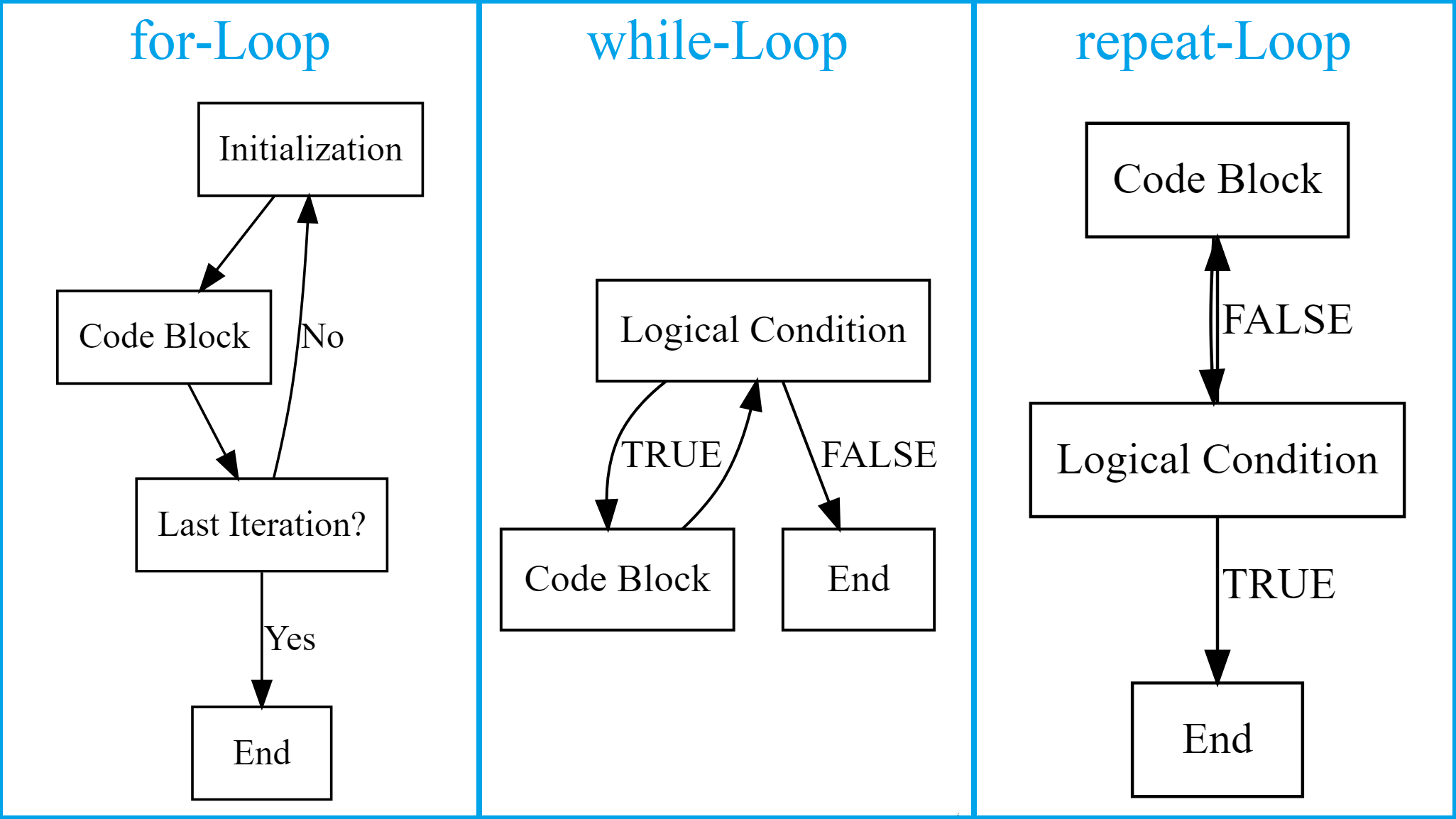

Rtwts] <- search_tweets(x, n = 500)ĪA2 <- rbind.fill(lapply(AA, as.ame))īut this is combining all the users in one dataframe (but separating with with an extra column that identifies the user number, such as user 1, 2, 3. In the program below, which(sapply(dat, is.numeric)) makes sure loop runs only on numeric variables.įor (i in which(sapply(dat, is.# execute `i` loops (one for each obs in users)įlws] <- get_followers(users, n = "all", page = "-1", parse = TRUE, token = NULL)
Using for loop in r code#
to outer loop for j in range(2,y+1,1): tt+1 printing pattern print(t,end) ending line after each row print(r) nint(input(Enter the n.o where patterns begin)) pypart(n) Source code of the following program- Click here Output pattern Patterns using nested loop. With the break statement, we can stop the loop before it has looped. inner loop to handle number of columns values changing acc. Here, we show some simple examples of using a for-loop in. You can even simplify the code even more: c (2010,2011,2012,2013,2014,2015) can also be written. A for loop is used for iterating over a sequence: for Break. For each such value, the code represented by code is run with var having that value from the sequence. For example, a for loop can be inside a while loop or vice versa. In loop nesting, we can put any type of loop inside of any other type of loop. The for loop then runs the statement once for each provided value (the different years we provided) and sets the variable ( year in this case) to that value. R programming language allows using one loop inside another loop.
Using for loop in r how to#
It's become a daunting task if you don't know how to write a loop. By using a for loop you only need to write down your code chunk once (instead of six times). Suppose you are asked to impute Missing Values with Median in each of the numeric variable in a data frame. That loop will execute something for each value of var from exp1 to exp2, using exp3 as the step to increment var. The program below creates multiple data frames based on the number of unique values in variable Species in IRIS dataset.įor (i in 1:length(unique(iris$Species))) The seq_along finds out what to loop over.Įxample 2 : Split IRIS data based on unique values in "species" variable The vector function can be used to create an empty vector.

The above FOR LOOP program can be written like the code below. Use a for loop to process multiple files. Use a function to get a list of filenames that match a simple pattern. Trace changes to other variables as they are updated by a for loop. Suppose you need to print all uneven numbers between 1 and. Let’s have a look at a more mathematical example. Let’s get back to the conceptual meaning of a loop. Trace changes to a loop variable as the loop runs. How to write the first for loop in R Writing a simple for loop in R. The length function could also be used to know the number of column. Correctly write for loops to repeat simple calculations.

Next step is to define the number of columns for which loop over would be executed. 2.4 Simulation of n random trails inside a circle. 2.2 First square exceeding some number with while loop. Prior to starting a loop, we need to make sure we create an empty vector. The R while loop is very similar to the for loop, but in the second you will define the number of iterations to execute. This concept is not new and it has been in the programming field over many years. If X is not a list, it will be coerced to a list using as.list(). It is similar to FOR LOOP in other languages such as VB, python etc. R has some functions which implement looping in a compact form. A repeat loop is used to execute a block of code (which could be a single statement or a group of statements) iteratively. Like apply family of functions, For Loop is used to repeat the same task on multiple data elements or datasets. In this tutorial you will learn how to use a repeat loop in R with syntax, flowchart, examples in R Studio and exercise questions to implement the logic of repeat.


 0 kommentar(er)
0 kommentar(er)
